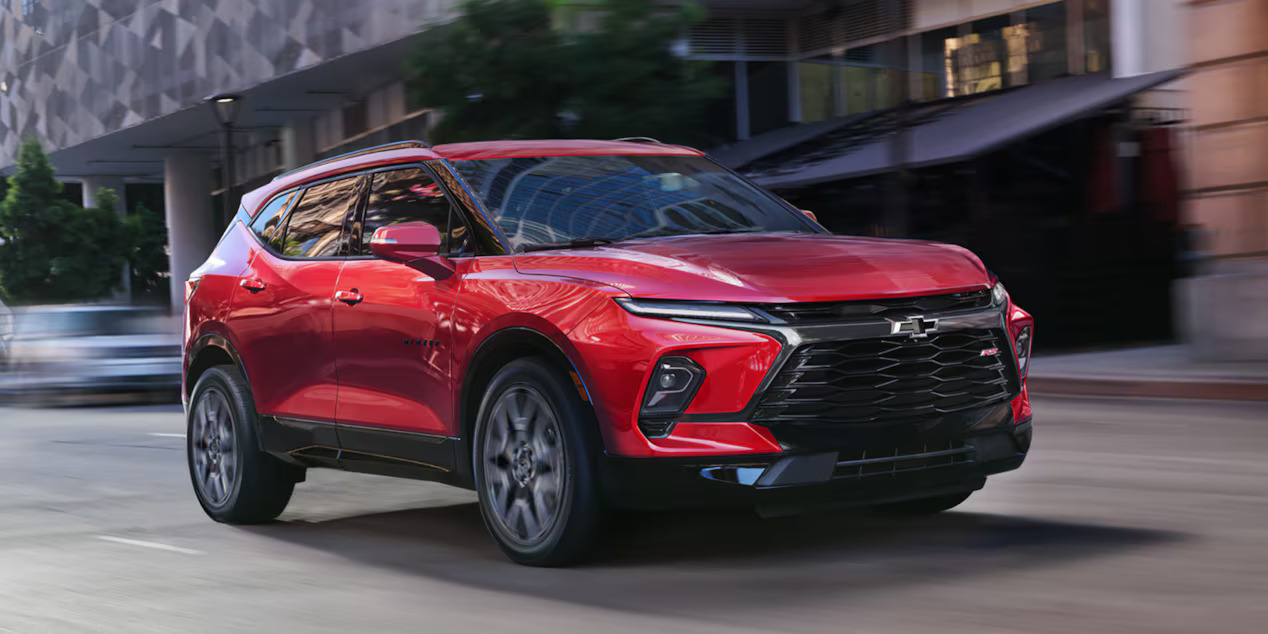The automotive industry, especially the SUV segment, is in a constant state of motion—both literally and figuratively. Over the past two decades, SUVs have transformed from niche, off-road-capable machines into mainstream family haulers, urban commuter choices, and lifestyle statements.
Today, SUVs dominate sales charts across nearly every category, from subcompact to full-size luxury, eating into the market share once owned by sedans and even pickups.
But while some SUV models enjoy instant popularity and disappear from dealership lots as fast as they arrive, others linger—sometimes for months—gathering dust under showroom lights, often heavily discounted or relegated to rental fleets. This dichotomy raises an important question: what makes an SUV sell fast, and what makes another one sit seemingly forever?
Buying behavior in the SUV market is shaped by a complex mixture of design, engineering, branding, practicality, and timing. Some SUVs hit a sweet spot where consumer demand, product appeal, and market timing intersect. These are the vehicles that dealers can’t stock fast enough—often selling in days, sometimes even before they arrive on the lot.
These fast-selling SUVs typically deliver what modern consumers prioritize: great fuel economy (or electrification), modern safety features, attractive styling, competitive pricing, and, critically, a sense of reliability and trust in the brand. They are also usually backed by strong marketing campaigns, compelling lease deals, and a healthy word-of-mouth buzz that helps drive consistent demand.
Conversely, slow-selling SUVs tend to fall short in one or more key areas. Some suffer from outdated styling or aging platforms, others are bogged down by poor fuel economy or underwhelming performance. Still others are caught in a sort of identity crisis, unsure of whether they want to be sporty, rugged, luxurious, or economical, and in trying to be everything, they end up appealing to no one.
Additionally, the stigma of past brand missteps, subpar reliability, or a confusing product strategy can poison even a technically decent vehicle. As a result, these SUVs end up overstaying their welcome on dealership lots, racking up interest charges for dealers and dragging down a brand’s image in the process.
There’s also a surprising psychological component in the market’s behavior. Vehicles that are perceived as popular tend to become even more popular—a sort of snowball effect, where high sales create higher visibility, which in turn creates more demand.
On the other side, slow-sellers become a sort of self-fulfilling prophecy. Buyers who notice a car hasn’t changed in years or always has a “bonus cash” deal attached might view it as undesirable even if it’s mechanically sound. Perception is powerful, and in a competitive market, perception can be everything.
Geography plays a role as well. Certain SUVs might sell quickly in urban areas but stagnate in rural regions, and vice versa. A hybrid compact SUV may be snapped up in California due to emissions incentives, while a large gas-powered SUV might move faster in Texas or the Midwest.
Similarly, AWD and off-road-capable models are more in demand in snowy regions, while sunbelt states lean toward fuel efficiency and tech-savviness. Understanding how regional preferences intersect with nationwide trends is part of what makes the SUV market so dynamic—and difficult to predict.
This article aims to dissect both ends of the spectrum by examining five SUVs that fly off dealer lots and five that sit and stall. For the fast-sellers, we’ll look at what makes them succeed—how they tap into the current zeitgeist of what consumers want and deliver value that’s impossible to ignore.
For the slower movers, we’ll explore the reasons they’re struggling: outdated platforms, weak performance, branding missteps, or simply being outgunned by newer, better competition. The goal isn’t to mock or criticize for the sake of it, but to understand the deeper forces at work behind buying patterns in today’s SUV market.
So whether you’re a potential buyer looking to invest in a vehicle that will hold its value—or avoid one that might be hard to unload in a few years—or simply someone fascinated by the ever-shifting landscape of automotive trends, this breakdown will give you a comprehensive look into which SUVs are thriving and which are barely surviving.
Because in the world of automotive sales, success isn’t just about building a good vehicle—it’s about building the right one, at the right time, for the right people.
Also Read: 5 Cars With Engines That Don’t Leak Oil and 5 That Constantly Do
5 SUVs That Sell Fast
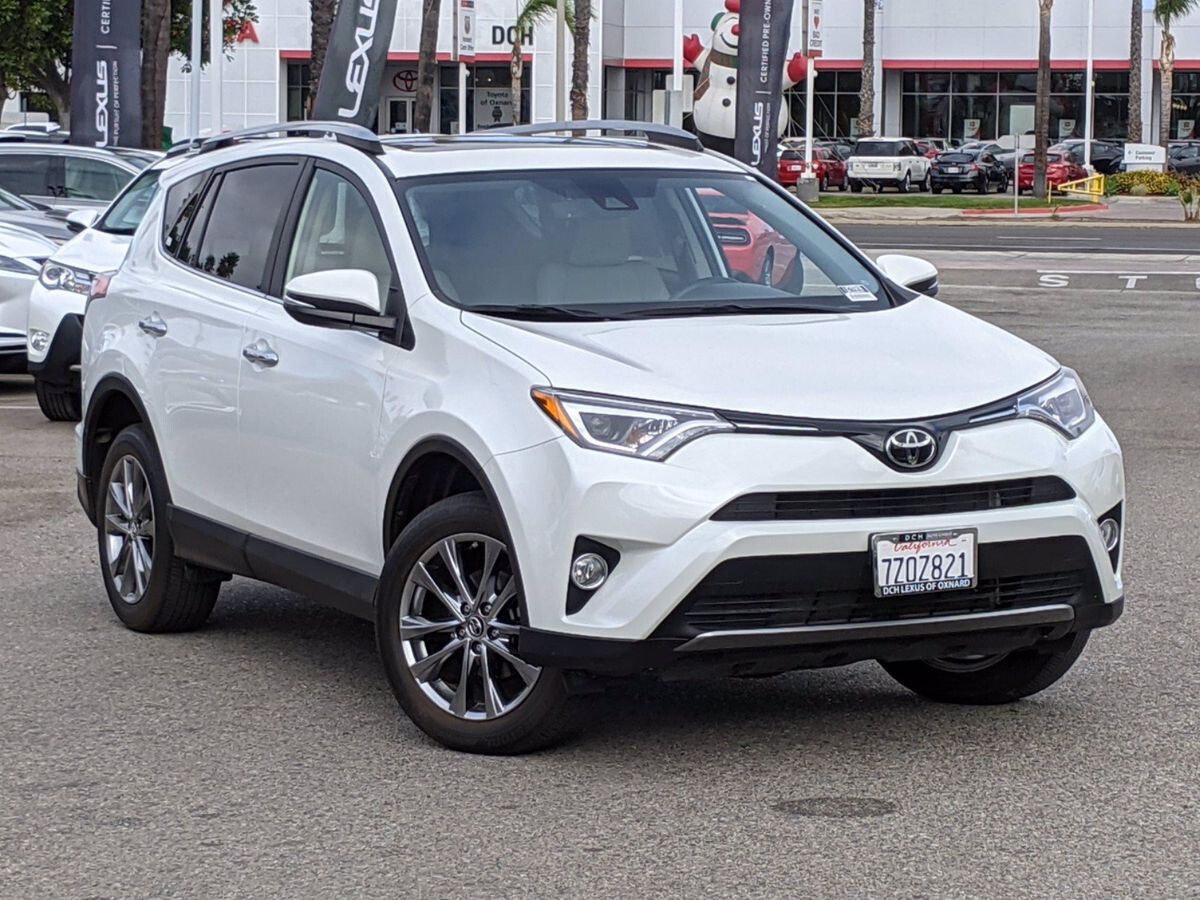
1. Toyota RAV4
The Toyota RAV4 has become something of a gold standard in the compact SUV category. Its mass-market appeal stems from a balance of key attributes: dependability, practicality, and affordability. Toyota’s brand reputation plays a significant role here—people trust the RAV4 not just to perform well when new, but to continue doing so reliably for years.
This isn’t just consumer optimism; it’s backed by hard resale data. The RAV4 has consistently ranked among the top vehicles for resale value, which further incentivizes new buyers to jump in. That psychological reassurance shortens decision-making time, leading to fast dealership turnovers.
Its broad model lineup is another major reason why the RAV4 sells so fast. From the entry-level LE to the adventure-oriented TRD Off-Road, Toyota has crafted different trims to meet the needs of diverse customer profiles. The hybrid and plug-in hybrid (Prime) versions are especially compelling.
These models combine fuel efficiency with respectable performance, making them ideal for commuters and environmentally-conscious buyers alike. The RAV4 Prime, in particular, offers all-electric driving for shorter commutes and seamlessly switches to hybrid mode for longer trips—a versatility that few rivals can match. In fact, many dealerships report waitlists for the Prime, and stock moves almost immediately.
Beyond powertrains and pricing, the RAV4’s technology and safety offerings are key selling points. Toyota Safety Sense—Toyota’s suite of active safety systems—comes standard on all trims. This includes adaptive cruise control, lane departure warning, pedestrian detection, and automatic emergency braking.
Buyers appreciate the peace of mind that comes with these features, especially families and new drivers. Also, the infotainment system is intuitive and includes Apple CarPlay and Android Auto, even in the base models. In a category where tech-savviness can tip the scales, the RAV4 holds its own.
Last but not least, availability and marketing play significant roles. Toyota has mastered supply chain efficiency better than many automakers, meaning even during chip shortages or global supply challenges, the RAV4 continues arriving in dealerships consistently.
Coupled with aggressive lease offers, financing deals, and dealer-level promotions, the RAV4 is continually being refreshed in front of buyers’ eyes. With a healthy demand-to-supply ratio and few reasons for buyer hesitation, the RAV4 rarely sits long—often lasting just a few days on the lot before it’s sold.
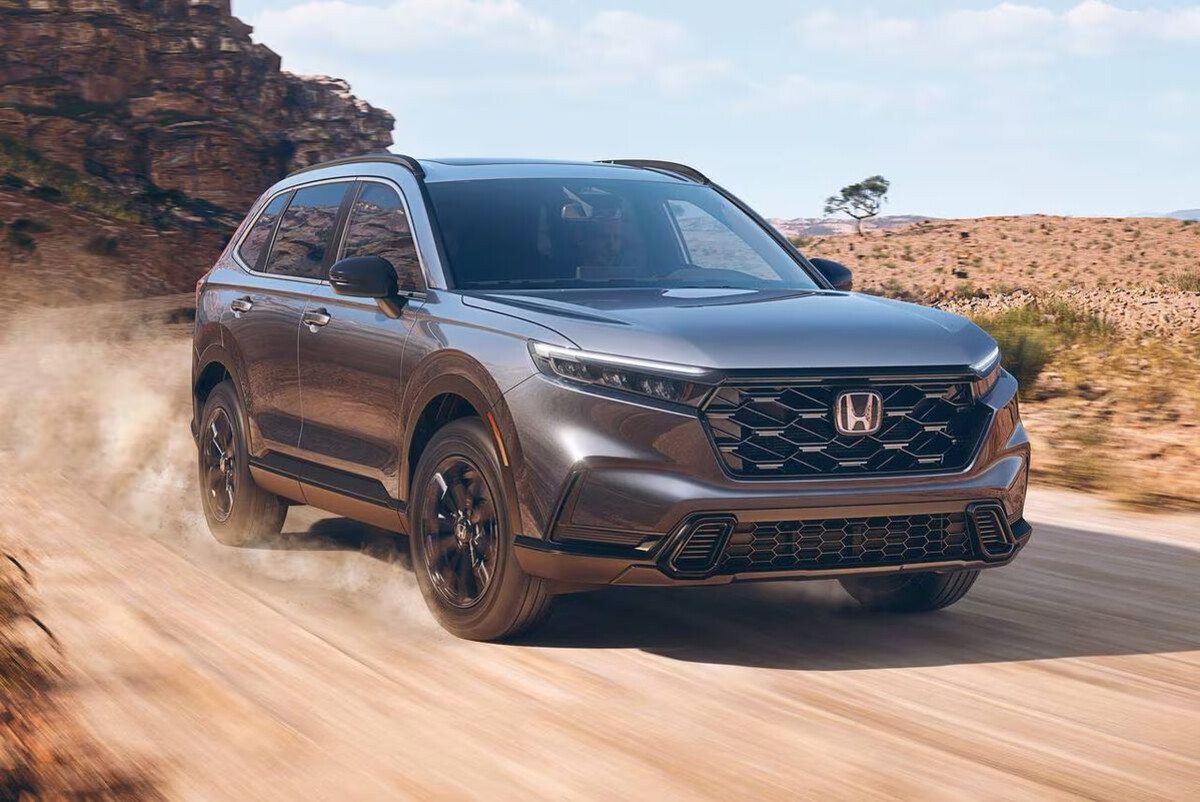
2. Honda CR-V
The Honda CR-V is another long-standing favorite in the compact SUV segment and continues to be one of the fastest-moving vehicles in the country. Much like the Toyota RAV4, the CR-V benefits from Honda’s reputation for engineering excellence and long-term durability.
Many CR-V buyers are repeat customers who have owned earlier versions and trust the nameplate implicitly. That trust converts to sales velocity, as potential buyers don’t need to be convinced of the CR-V’s value—they already know it delivers. This deep brand loyalty ensures that the CR-V never stays idle on a dealer’s lot for long.
The CR-V’s design has evolved over the years, and the most recent iterations have refined both its exterior and interior. The newer model looks sharper, sportier, and more upscale than its predecessors. The interior, meanwhile, benefits from high-quality materials, spacious seating, and a quiet cabin—all features that appeal to both daily commuters and growing families.
Rear-seat legroom and cargo capacity are class-leading, making it an ideal road trip or grocery-hauling vehicle. These real-world conveniences make the CR-V a pragmatic yet stylish choice, appealing to buyers who value function without sacrificing comfort.
Performance-wise, the CR-V offers a standard turbocharged engine and an even more efficient hybrid powertrain. The hybrid model has carved out a strong following among eco-conscious buyers who want the practicality of an SUV without high fuel costs.
The hybrid’s smooth drive, responsive acceleration, and low emissions check many boxes for modern buyers, particularly those in urban areas. It also qualifies for green vehicle tax incentives in some states, making it a financially smart purchase. These factors help the CR-V hybrid, in particular, sell faster than most of its competitors in the same subsegment.
Safety and technology are also major considerations that contribute to its rapid sales. The CR-V includes Honda Sensing as standard—a suite of driver-assistance technologies such as adaptive cruise control, lane-keeping assist, and automatic braking. The infotainment system, though not flashy, is user-friendly and responsive.
Buyers looking for a vehicle that keeps up with modern tech trends without being overly complicated find the CR-V a perfect fit. In the end, it’s this thoughtful blend of reliability, practicality, and understated sophistication that keeps CR-V models flying off lots within days of arrival.
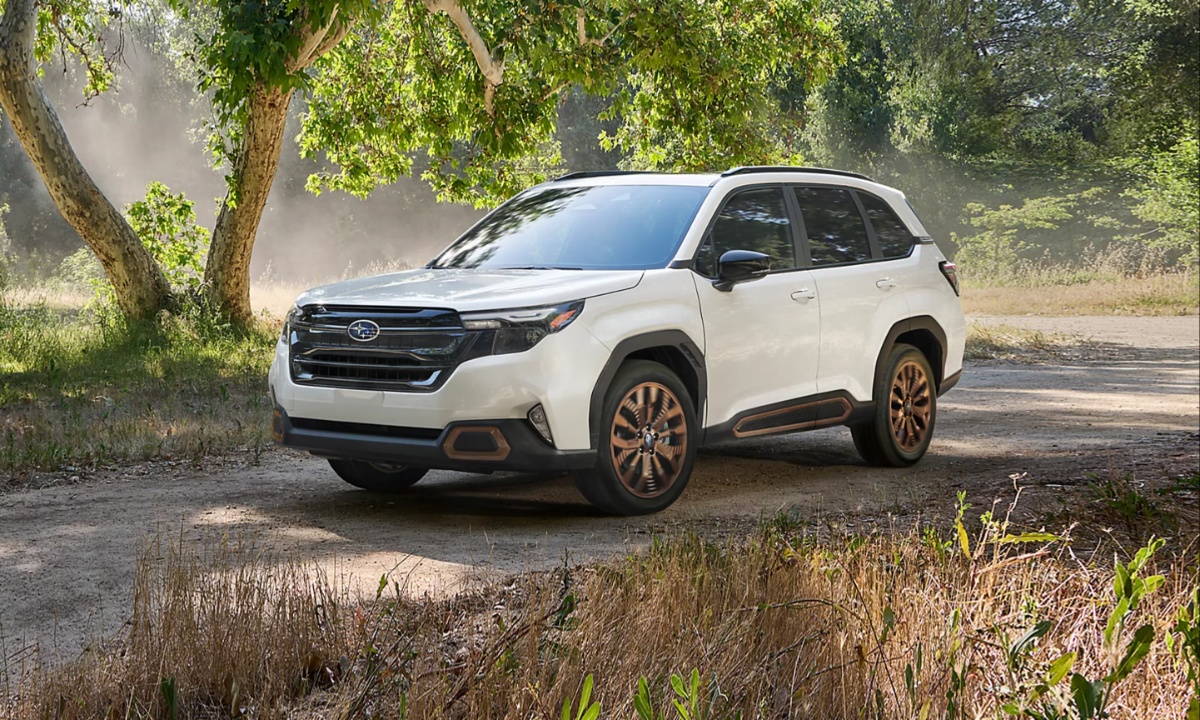
3. Subaru Forester
The Subaru Forester has always played to its strengths: safety, all-weather capability, and rugged practicality. These qualities make it incredibly popular in regions where seasonal weather impacts driving decisions, such as the Northeast, Pacific Northwest, and parts of the Midwest.
Subaru’s symmetrical all-wheel-drive system comes standard on every Forester trim, which is a rarity in the compact SUV space and a key selling point. This unique value proposition—excellent in snow and rain without sacrificing fuel economy—draws in a large, loyal customer base year after year.
Interior space and visibility are major assets of the Forester, particularly for older drivers or those moving up from smaller cars. It features an upright seating position and large windows, which give a commanding view of the road and an airy feel inside the cabin.
Rear passengers enjoy ample legroom, and the cargo hold is among the largest in its class. These characteristics make the Forester a go-to for pet owners, cyclists, hikers, and families who need flexible storage without upgrading to a midsize SUV. It’s no wonder then that high-demand trims, like the Forester Wilderness, are almost always backordered.
Safety is another cornerstone of the Forester’s appeal. Subaru has consistently earned top marks in crash safety tests, and the brand includes its EyeSight Driver Assist Technology as standard equipment. This package includes forward-collision warning, automatic emergency braking, adaptive cruise control, and lane-centering—all features that are increasingly expected in today’s vehicles.
Buyers appreciate that these come without the need to climb the trim ladder. Combined with stellar safety ratings from both the IIHS and NHTSA, the Forester presents itself as one of the safest and most reassuring options on the road.
Subaru’s culture and branding also contribute significantly to the Forester’s quick sales pace. Subaru buyers often self-identify as environmentally aware, outdoorsy, and socially responsible. Subaru leans into this by promoting its vehicles with messaging around conservation, pet safety, and sustainability.
It’s more than just marketing—it’s a lifestyle association. That resonance with buyers creates strong word-of-mouth, leading to high demand. As a result, the Forester regularly sells within a couple of weeks of delivery, and sometimes even faster in areas where AWD is more of a necessity than an option.
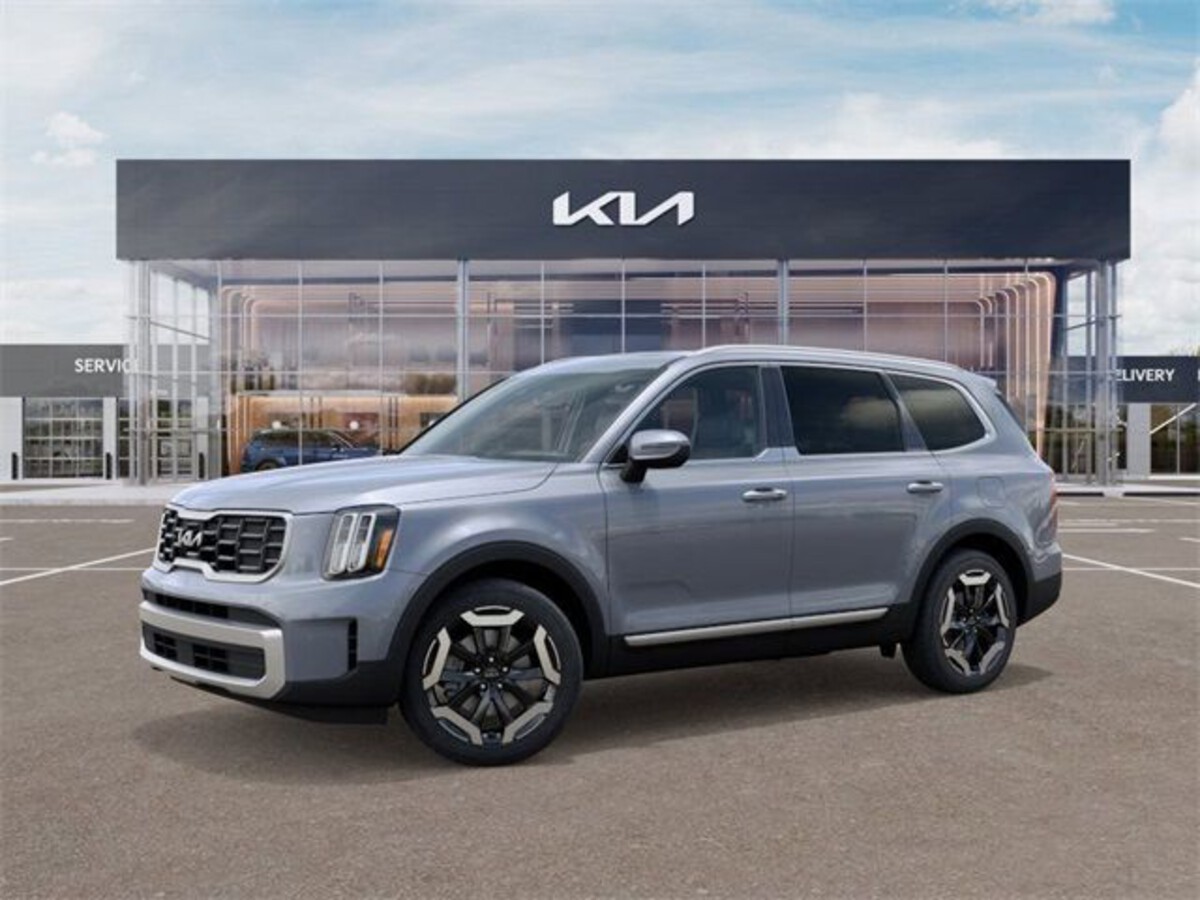
4. Kia Telluride
The Kia Telluride was a game-changer the moment it hit the market. For years, buyers who wanted a three-row SUV with premium styling and amenities had to look toward luxury brands—or settle for bland, uninspired options from traditional players.
Kia disrupted that dynamic by offering a vehicle that looked and felt luxurious but came with a reasonable price tag and exceptional warranty coverage. The Telluride quickly became a darling of the automotive press and consumer reports alike, helping it build an eager and enthusiastic fanbase.
From a design standpoint, the Telluride is one of the most attractive midsize SUVs on the market. Its bold front grille, squared-off proportions, and strong shoulder lines give it a presence that rivals far more expensive vehicles. Inside, the Telluride impresses with quality materials, a thoughtfully laid-out dashboard, and user-friendly infotainment.
Even the base model includes features that would be considered luxury on other brands, such as tri-zone climate control, multiple USB ports, and advanced safety features. This design-forward approach helps the Telluride stand out in a crowded segment and drives immediate customer interest.
Another reason for the Telluride’s sales success is its versatility. It can easily accommodate families, road trippers, and even adventurers, thanks to its spacious third row, generous cargo area, and smooth, powerful V6 engine. The drive is composed and quiet, with enough pep to handle highway merging and mountain inclines with ease.
The available AWD system also broadens its appeal to those in snowier regions. High trims like the SX and SX Prestige add luxurious features such as ventilated seats, Nappa leather, and premium sound systems, making them popular among buyers who want Lexus levels of luxury at Toyota prices.
Finally, Kia’s brand elevation plays a key role. Over the past decade, Kia has reinvented itself from a value-only brand to one that offers compelling design, advanced technology, and superior warranty coverage. The Telluride has been a major driver of that transformation. Buyers now see Kia as a forward-thinking brand with smart pricing strategies.
This shift in perception, combined with real-world value, has made the Telluride a fast-seller since day one. Many dealers sell out of inventory before the SUVs even hit the lot—especially for top-tier trims in desirable colors like Wolf Gray or Glacial White Pearl.
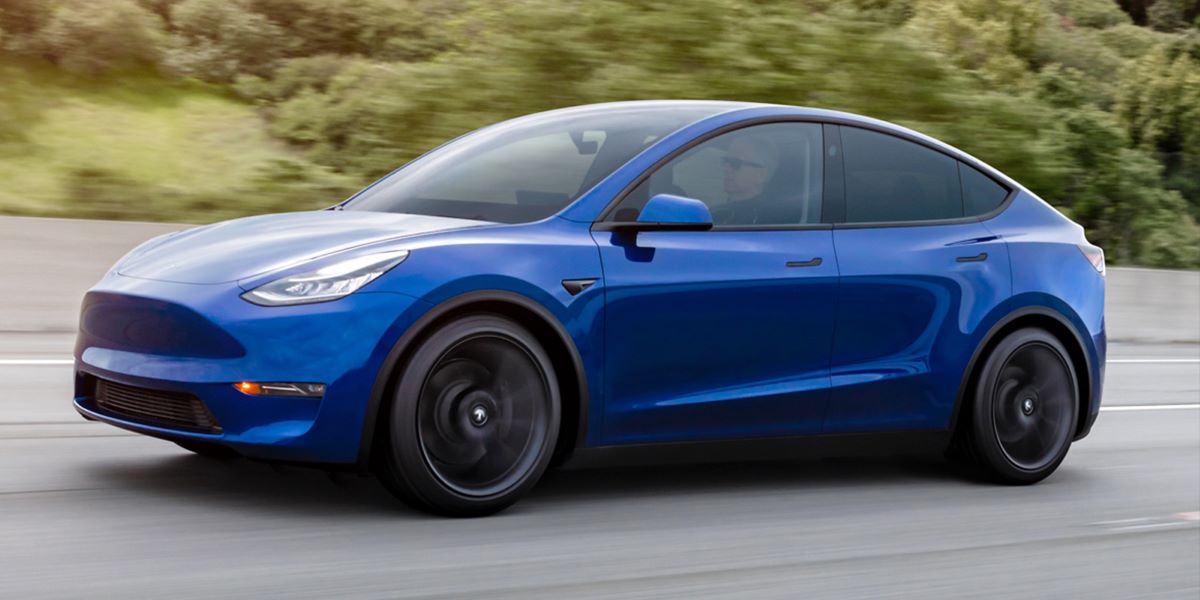
5. Tesla Model Y
The Tesla Model Y has become one of the most in-demand SUVs globally, thanks in large part to the growing appetite for electric vehicles and Tesla’s strong brand recognition. As more consumers become conscious of environmental issues and look to reduce gas consumption, the Model Y stands out as an all-electric SUV that offers practicality without compromising performance.
It combines futuristic design, cutting-edge tech, and impressive range—all packaged in a body style that fits the everyday lives of families and professionals alike. A huge factor in the Model Y’s rapid sales is Tesla’s direct-to-consumer model. Buyers reserve and purchase directly from the automaker, cutting out traditional dealership haggling and waitlists.
Tesla’s online configurator makes the buying process streamlined and modern, appealing to tech-savvy consumers who are comfortable shopping for a car like they shop for a laptop. Once a new batch of Model Ys is delivered to a Tesla showroom or pickup location, they’re typically assigned to buyers who’ve been waiting in queue—often resulting in zero time sitting unsold on lots.
Performance and range are standout attributes. The Model Y comes in several variants, including the Long Range and Performance models, both offering 300+ miles on a single charge.
Acceleration is brisk, with 0–60 times that rival sports cars. It also includes Autopilot—a semi-autonomous driving system that appeals to early adopters and those eager for cutting-edge convenience. These features resonate with buyers who are looking not just for a vehicle, but a futuristic tech experience.
Finally, Tesla’s growing Supercharger network alleviates many concerns surrounding EV infrastructure. With access to fast-charging stations around the country, Model Y owners enjoy long-distance travel convenience that’s unmatched by many legacy automakers.
Add in over-the-air software updates, minimalist design, and strong resale value, and you have a package that consumers find hard to resist. As a result, the Model Y consistently ranks among the fastest-selling SUVs—not just in the electric category, but across all segments.
5 SUVs That Sit Forever
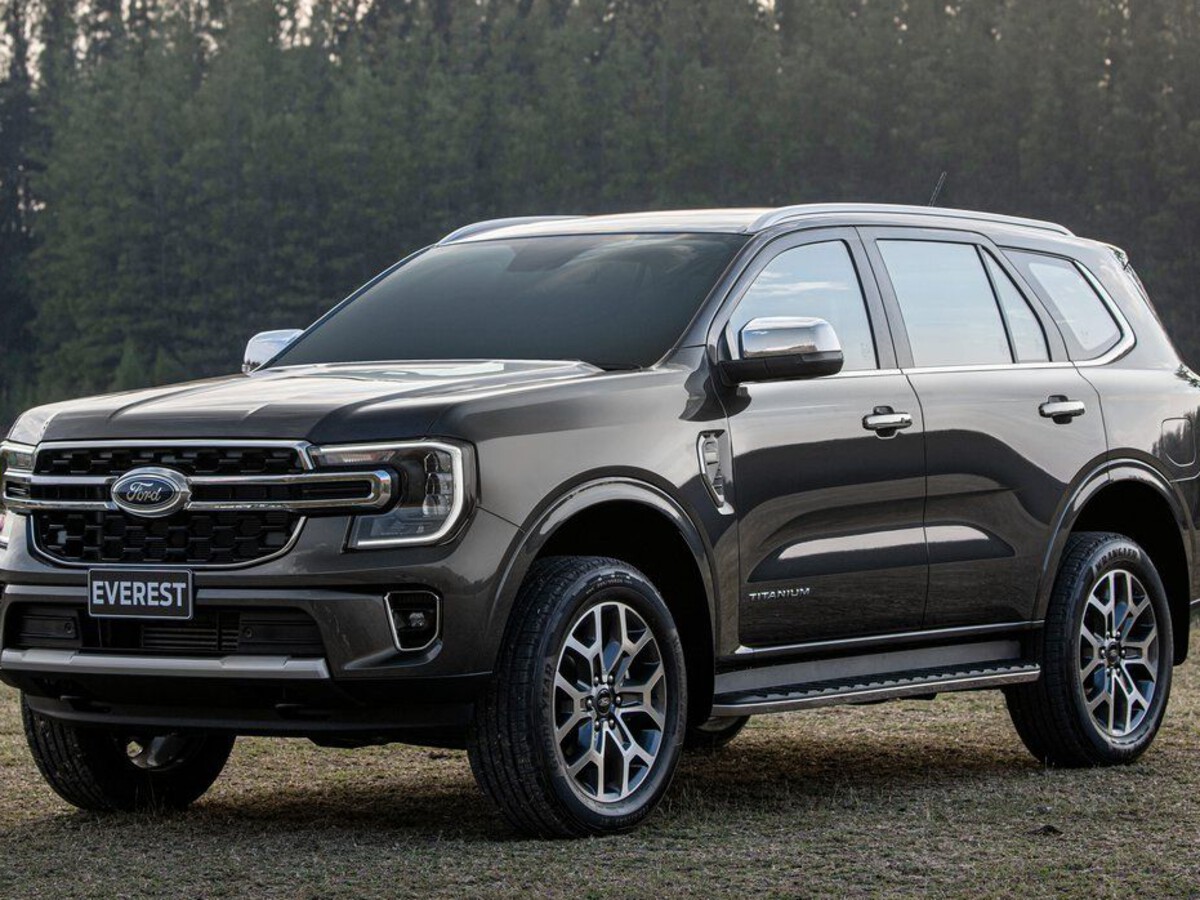
1. Ford EcoSport
The Ford EcoSport was once introduced as a compact SUV tailored to budget-conscious buyers looking for urban practicality. Unfortunately, what was meant to be an affordable city cruiser became an outdated relic before it had a chance to prove itself. Even as Ford’s other SUVs evolved with sleeker designs and better tech, the EcoSport retained a dated look and underwhelming performance.
Its proportions are awkward—tall and narrow—which gives it an ungainly appearance that lacks the visual appeal of competitors. This weak first impression makes buyers glance past it in showrooms in favor of more modern alternatives.
The driving experience doesn’t help its case. With either a 1.0-liter turbocharged three-cylinder or a 2.0-liter four-cylinder engine, the EcoSport delivers lackluster performance, especially when loaded with passengers or cargo. The ride quality is bumpy and stiff, and cabin noise is higher than most competitors in the subcompact segment.
Fuel economy is mediocre for a vehicle of its size, and it doesn’t offer the kind of rewarding driving dynamics or comfort that might help make up for its shortcomings. Buyers who test-drive it often walk away unimpressed and gravitate toward rivals like the Hyundai Kona or Mazda CX-30.
Interior quality also drags the EcoSport down. Hard plastics dominate the cabin, and the design feels stuck in a past generation. The infotainment system is small and less responsive compared to what’s found in similarly priced rivals. Rear passenger space is limited, and cargo space is compromised by the side-hinged rear door—a design decision that feels odd and impractical in the U.S. market.
For families or urban dwellers looking for a refined experience in a small footprint, the EcoSport often fails to meet expectations. These shortcomings explain why it’s often found in dealer inventory long after fresher models have sold out.
The market has moved on, and Ford eventually recognized this by discontinuing the EcoSport in North America. Still, remaining inventory lingers, as buyers remain hesitant to invest in a vehicle with a discontinued badge and minimal resale value.
Dealers often resort to heavy discounting to move units, but even then, the EcoSport sits longer than virtually every other SUV in Ford’s lineup. Its lack of a compelling identity—neither sporty nor especially efficient or luxurious—renders it a footnote in the SUV landscape, where identity and value matter more than ever.
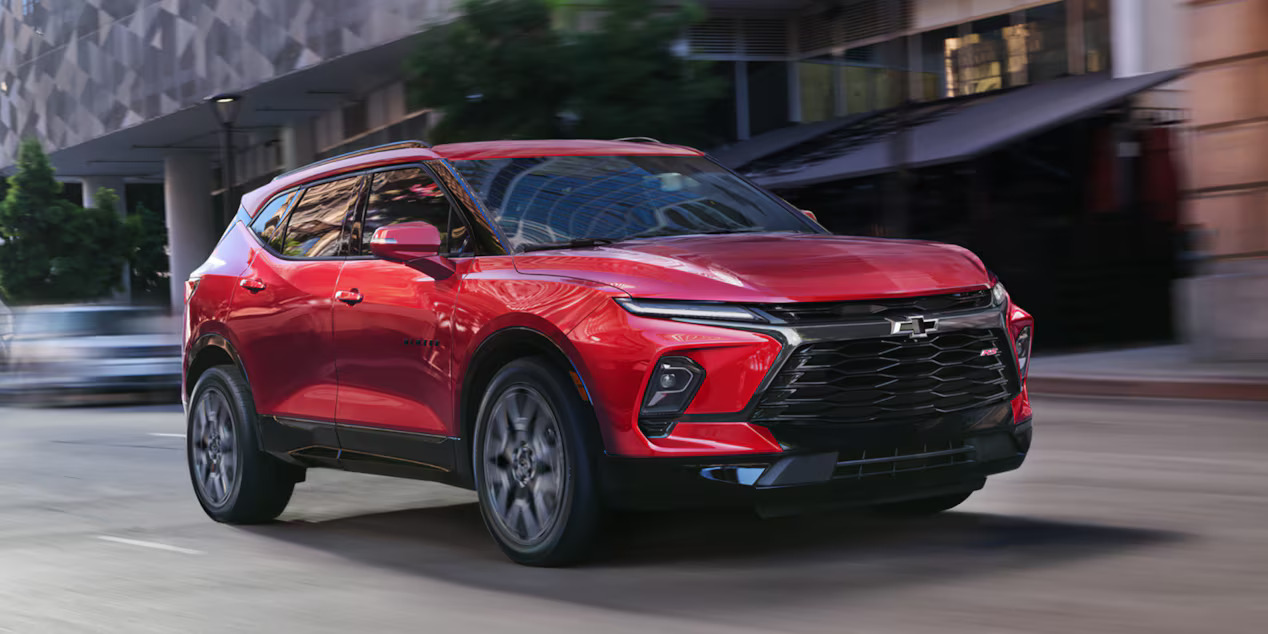
2. Chevrolet Blazer
When Chevrolet revived the Blazer nameplate, expectations were sky-high. Enthusiasts hoped for an off-road-capable SUV that honored the rugged legacy of the original. What they got, however, was a mid-size crossover focused on sporty aesthetics but lacking in substance.
The disconnect between brand nostalgia and the product delivered created confusion in the market. Buyers expecting a tough, trail-ready SUV were turned off by the car-like handling and limited off-road capability, while those looking for a comfortable family hauler often opted for roomier, more practical alternatives like the Honda Passport or Hyundai Santa Fe.
Styling is a double-edged sword for the Blazer. On one hand, its aggressive Camaro-inspired front end and swooping lines give it a unique look that stands out. On the other hand, this sport-focused design leaves less room for interior practicality and comes off as trying too hard to be something it’s not.
The cabin, while stylish at first glance, lacks the refinement and comfort of competitors in the same price range. Materials feel average, and the user interface of the infotainment system can be finicky. For a vehicle positioned as slightly upmarket within Chevrolet’s SUV lineup, the Blazer doesn’t deliver a truly premium experience.
Then there’s the price. The Blazer is more expensive than similarly equipped rivals, and buyers often feel they’re paying more simply for styling rather than actual substance. Optional all-wheel drive adds even more to the bottom line, further narrowing its appeal.
Performance is fine—especially with the available V6—but not class-leading, and fuel economy is middling. It finds itself in a sort of identity crisis: too expensive and sporty-looking for the practical buyer, yet not compelling enough to satisfy those looking for true performance or off-road utility. That middle-ground confusion is a death sentence in today’s focused and competitive SUV segments.
Sales numbers have reflected the problem. The Blazer lingers in inventory even during peak buying seasons, with some models spending months unsold. Chevrolet has attempted to reinvigorate interest with new trims and slight updates, but these efforts haven’t significantly shortened its time on lots.
The Blazer’s biggest issue is that it doesn’t clearly communicate its value proposition, and in a crowded field, ambiguity doesn’t sell. Buyers aren’t just looking for bold styling—they want function, identity, and value, and unfortunately, the Blazer struggles to deliver consistently on any of those fronts.
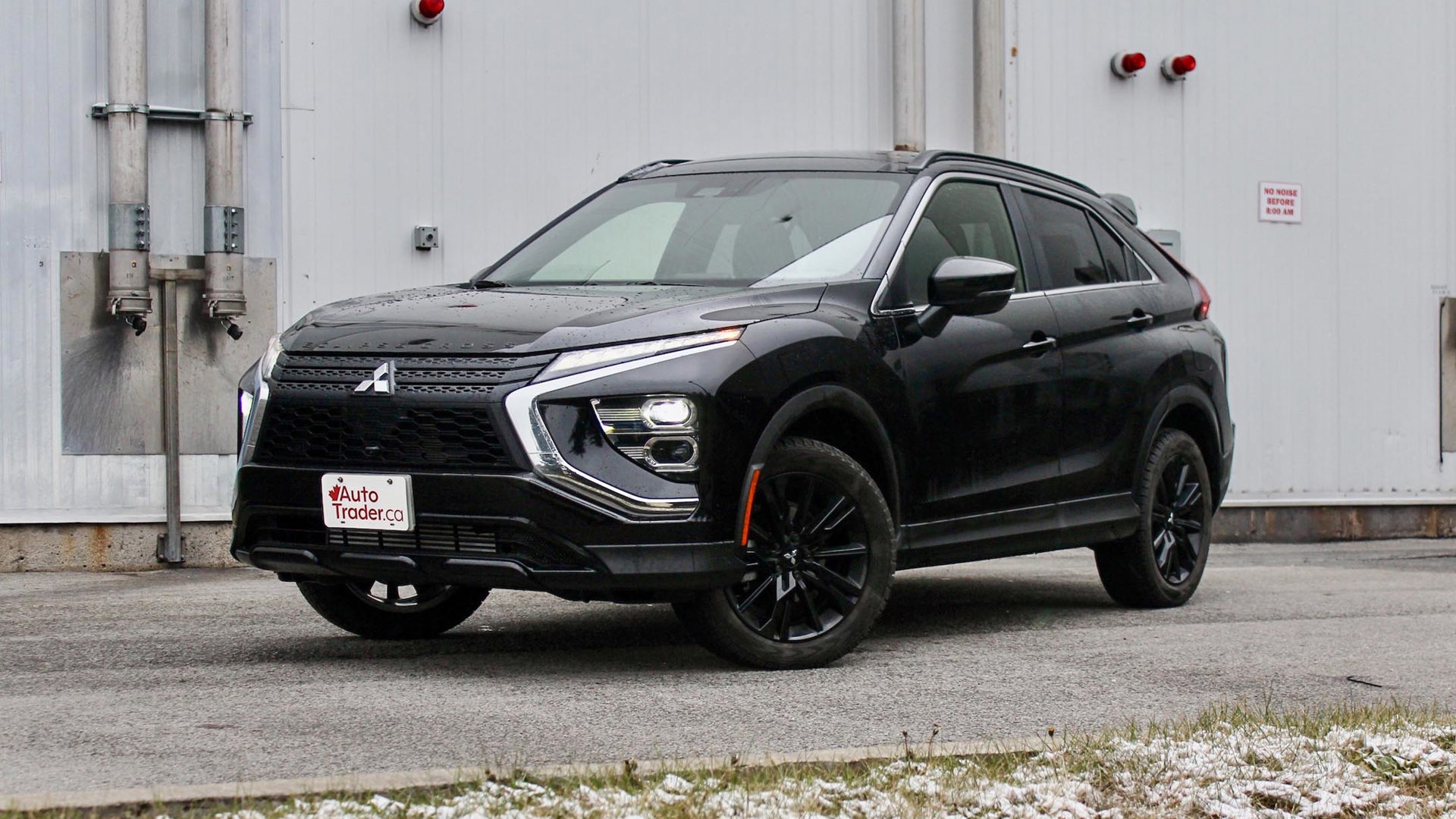
3. Mitsubishi Eclipse Cross
The Mitsubishi Eclipse Cross is a perfect example of how a legacy nameplate can be misused. By reviving the “Eclipse” name—a badge previously associated with nimble, sporty coupes—Mitsubishi raised expectations it couldn’t fulfill.
The Eclipse Cross is a small crossover that offers neither the driving excitement the name promises nor the practicality expected from modern compact SUVs. This branding misstep has haunted the vehicle since launch, causing confusion and disappointment among buyers and contributing to its slow movement off dealer lots.
From a design perspective, the Eclipse Cross looks unconventional, but not in a good way. The front is aggressive, the rear has a controversial split-window hatch design, and the proportions can feel off-balance. While it might stand out visually, it lacks the cohesive aesthetic appeal that draws in customers browsing in crowded showrooms.
The interior continues the trend of disappointment. Though it includes a touchscreen and some updated tech, the cabin design feels cramped and the materials used are a step below competitors. Buyers comparing it side-by-side with offerings from Honda, Mazda, or Hyundai often walk away unimpressed.
Performance is another letdown. The turbocharged 1.5-liter engine offers modest power, but it’s paired with a CVT that dampens acceleration and makes the drive feel sluggish. Ride comfort is decent, but handling is uninspired, and fuel efficiency doesn’t impress in a segment where that’s often a major selling point.
The all-wheel-drive system, though available, doesn’t give the Eclipse Cross any true off-road credibility. As a result, it ends up being a middle-of-the-road performer with few attributes that make it stand out in a competitive market filled with compelling alternatives.
Mitsubishi as a brand has also struggled with visibility and dealer reach in recent years. Limited marketing, fewer dealership locations, and a perception of being behind the curve in both technology and quality control work against the Eclipse Cross.
Buyers today are often influenced by brand image and customer support networks, and Mitsubishi lacks the robust infrastructure of its competitors.
All of these factors combine to make the Eclipse Cross one of the slowest-selling SUVs in its segment—despite price discounts and frequent incentives aimed at boosting sales. In today’s crowded SUV market, mediocrity simply doesn’t cut it.
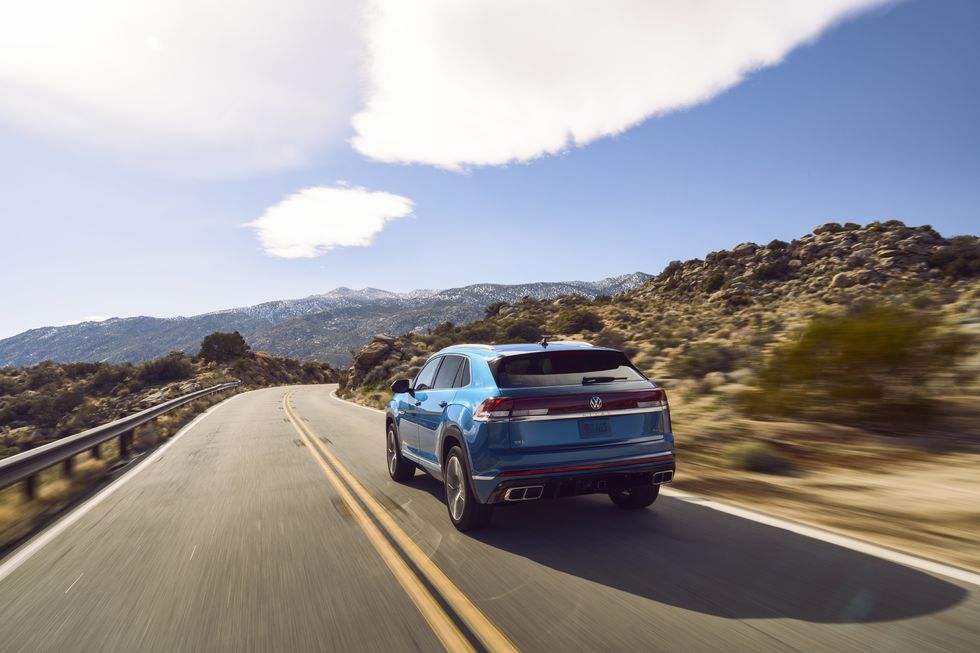
4. Volkswagen Atlas Cross Sport
The Volkswagen Atlas Cross Sport aimed to offer a sportier, two-row alternative to the standard Atlas, but instead it found itself in a peculiar sales limbo. On paper, the Atlas Cross Sport has a lot going for it: sharp styling, German engineering, and a roomy interior.
Yet despite these merits, it struggles to find traction with buyers. One reason is its pricing—it lands squarely in the midsize SUV category but is often more expensive than rivals that offer better performance or more features. As a result, it’s frequently overlooked in favor of better-value alternatives like the Hyundai Palisade or Toyota Venza.
A major issue with the Atlas Cross Sport is its identity. It markets itself as a sportier, more youthful sibling to the Atlas, but it doesn’t deliver on performance or excitement. The engines—either a 2.0-liter turbo-four or a 3.6-liter V6—are competent but uninspiring.
Acceleration is sluggish, and the handling is tuned more for comfort than sport. Buyers expecting a dynamic drive experience to match the aggressive exterior are often disappointed. This dissonance between form and function creates a poor impression and leads to vehicles languishing on dealer lots.
The interior, while spacious, doesn’t quite justify the price point. Materials feel middle-of-the-road, and although the layout is clean and user-friendly, it doesn’t exude the upscale vibe that some buyers expect from a German brand. The infotainment system, while functional, lacks the responsiveness and flair of those found in Korean and Japanese rivals.
Rear-seat room and cargo space are commendable, but they’re not exclusive features anymore. In a segment filled with well-rounded, better-equipped vehicles, “just okay” is not enough to move units quickly.
Volkswagen’s brand perception in the U.S. has also been a hurdle. Lingering effects from the diesel emissions scandal still affect consumer confidence, and VW’s relatively small dealership footprint limits exposure in certain markets. Maintenance and repair costs are perceived to be higher than average, and long-term reliability concerns deter risk-averse buyers.
Even with regular promotions and leasing deals, the Atlas Cross Sport continues to linger in showrooms, often overshadowed by competitors that offer more compelling value or clearer brand identities.
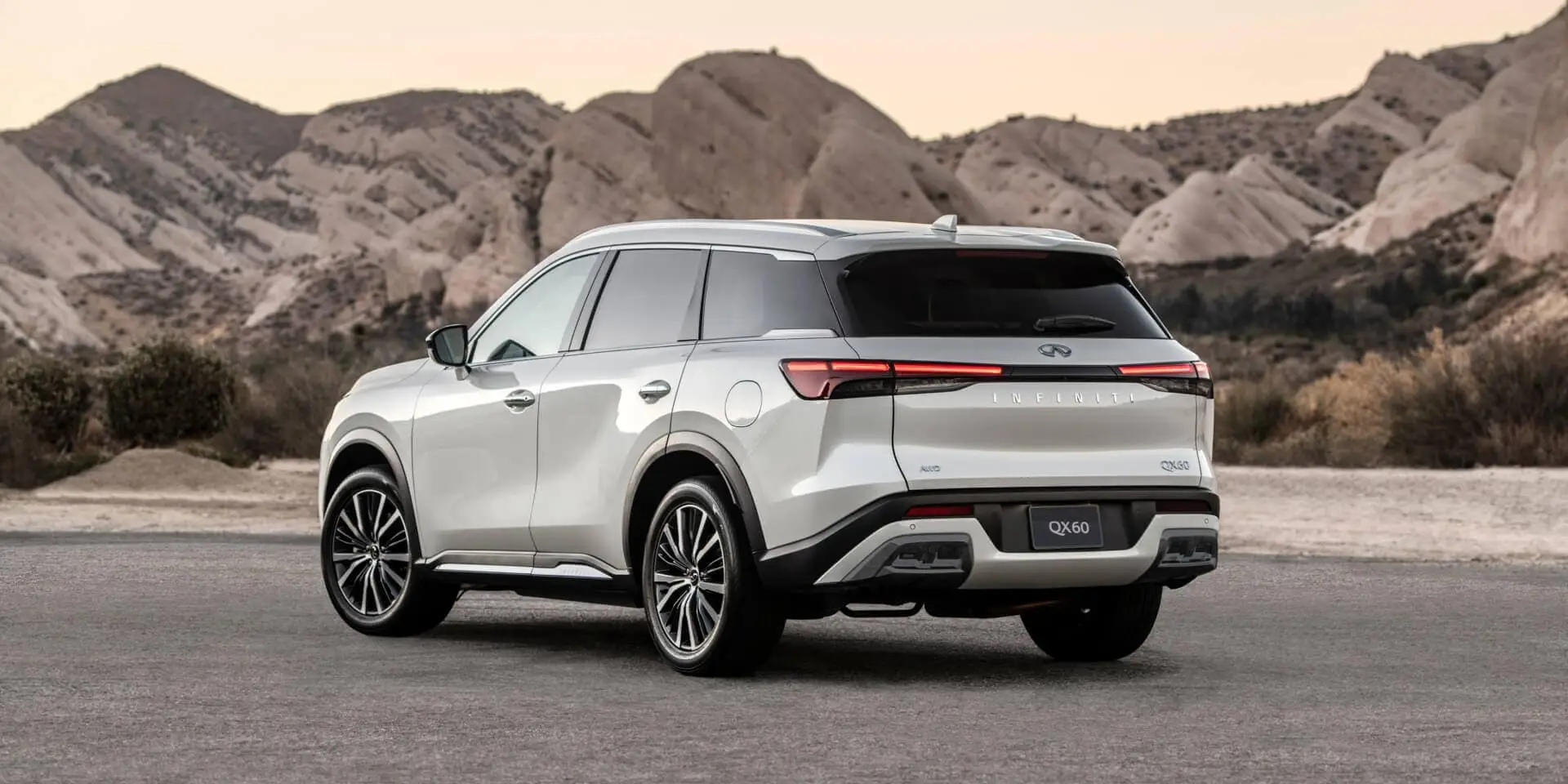
5. Infiniti QX60 (Pre-Redesign Models)
The Infiniti QX60, particularly in its pre-redesign form, struggled with relevance in a fast-evolving midsize luxury SUV market. While it was once a strong contender, the lack of significant updates over the years caused it to fall behind in styling, technology, and performance.
The interior, while spacious, became outdated compared to competitors from Acura, Lexus, and even non-luxury brands offering top-trim models. Buyers looking at a luxury SUV expect a premium experience, and the old QX60 didn’t consistently deliver on that front—making it a slow mover in both new and certified pre-owned inventories.
Styling was another weak point. The exterior design of the older QX60 was conservative to the point of being invisible. In a segment where aesthetics often drive first impressions, the QX60’s bland shape and uninspired grille failed to attract buyers who wanted a vehicle that stood out.
Inside, outdated technology and limited customization options made it feel a generation behind. Touchscreens were small, graphics were dated, and smartphone integration was inconsistent, especially compared to newer models in the same price bracket. Buyers comparing vehicles side-by-side in dealerships usually walked away with more modern competitors.
Performance didn’t help its cause either. The 3.5-liter V6 engine was solid but mated to a continuously variable transmission (CVT) that sapped driving enjoyment. The ride was tuned for comfort, but the lack of sportiness or handling precision made it feel uninvolving—especially compared to German rivals or even the more nimble Acura MDX.
The QX60 didn’t offer much in terms of powertrain innovation or performance packages that could set it apart. Buyers expecting some sort of engagement or uniqueness were often left wanting more.
Infiniti’s broader brand struggles have also played into the QX60’s sluggish sales. Once a rising star in the luxury market, Infiniti has lost market share in recent years due to a lack of compelling new products and frequent lineup reshuffles. Poor dealership experience ratings and lower resale values further eroded consumer interest.
While the recent redesign has improved the QX60 significantly, older models continue to linger on lots and in used inventories. The legacy of years of underwhelming offerings has created a gap in consumer trust that takes more than a refresh to repair.
Also Read: 5 Cars With the Cheapest Brake Jobs and 5 With Costly Discs
The SUV market, though booming, is not immune to the harsh truths of consumer behavior and product competitiveness. As we’ve explored, the distinction between a fast-selling SUV and one that sits idle often comes down to a combination of design, execution, and alignment with consumer needs.
It’s not enough for a vehicle to simply exist in a hot segment; it must also stand out, deliver value, and maintain a connection with buyers who are increasingly discerning. And as we’ve seen, even a model with a recognizable badge or long-standing legacy can fall short if it doesn’t evolve with the times or offer something compelling.
Let’s take a moment to reflect on the fast movers first. The Toyota RAV4, Honda CR-V, Subaru Forester, Kia Telluride, and Tesla Model Y all share a few common traits that contribute to their rapid turnover. They are practical, well-equipped, and in touch with current trends.
Whether it’s the RAV4 and CR-V offering hybrid efficiency and brand loyalty, the Forester leveraging its safety and all-weather readiness, or the Telluride presenting luxury at a bargain, each of these models delivers clear value. The Model Y takes this a step further by tapping into the electric vehicle revolution, offering a mix of innovation, performance, and infrastructure that few competitors can match.
What truly sets these vehicles apart, however, is how they make the buyer’s decision feel easy. When a consumer walks onto a dealership lot or browses inventory online, a fast-selling SUV has a way of standing out. These vehicles tend to have strong first impressions, high availability of features at multiple price points, and positive reputations that reduce buyer hesitation.
They are vehicles that satisfy multiple needs at once: economy, performance, safety, resale value, and aesthetic appeal. And when a vehicle checks all of those boxes, it tends to disappear from the lot quickly.
On the other end of the spectrum are the models that struggle to find an audience—the slow sellers. The Ford EcoSport, Chevrolet Blazer, Mitsubishi Eclipse Cross, Volkswagen Atlas Cross Sport, and older Infiniti QX60s illustrate how a few missteps can result in extended stays at the dealership.
Whether due to poor timing, confusing brand positioning, outdated technology, or lackluster performance, these vehicles fail to offer a strong enough reason for buyers to commit. Many of them are stuck in a strange in-between zone: not bad enough to be universally panned, but not good enough to stand out. That lukewarm space is often the most dangerous.
In the case of the EcoSport, its aging platform and uninspired performance left it unable to compete with newer, better rivals—ultimately leading to its discontinuation. The Chevrolet Blazer, despite its name and looks, lacks a clear identity and feels overpriced for what it offers. Mitsubishi’s Eclipse Cross misused a nostalgic name and delivered an experience that fell short on nearly every front.
Meanwhile, the Atlas Cross Sport suffers from premium pricing without premium returns, and the pre-redesign QX60 exemplifies the consequences of letting a model stagnate in a fast-moving segment. These vehicles remain examples of missed opportunities, where a better understanding of consumer priorities might have made all the difference.
The lessons here are important for both consumers and automakers. For buyers, knowing which SUVs sell quickly can help identify models that hold value, are more reliable, and are in high demand for a reason. Conversely, recognizing which models struggle can serve as a cautionary tale, especially if you’re concerned about resale value, long-term support, or even day-to-day satisfaction.
A slow-seller today might not have the parts availability, dealer network support, or trade-in value a few years down the line. That’s why it’s crucial to look beyond the sticker price and consider the full picture.
For automakers, the implications are just as critical. Success in the SUV space requires more than just building something passable—it requires building something relevant. Consumers today are smarter, more research-driven, and more attuned to long-term value.
Vehicles that fail to meet those expectations risk being forgotten, regardless of how iconic their badges may be. The SUV market is not just about scale; it’s about smart, strategic design and listening to what buyers actually want.
In a world where SUVs dominate the roads, only the most competitive, compelling, and carefully crafted models rise to the top. And while some may dominate the market and others disappear quietly, one thing remains true: in the SUV arena, timing, relevance, and execution make all the difference.

